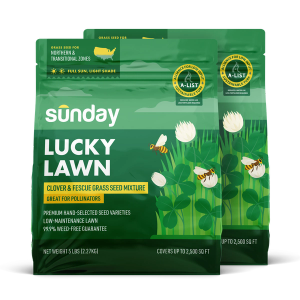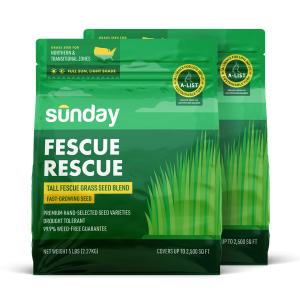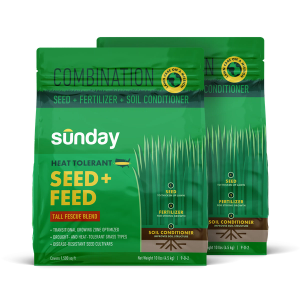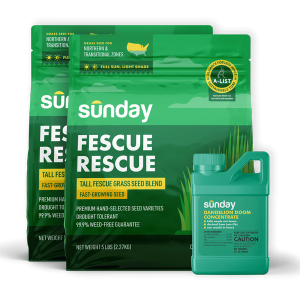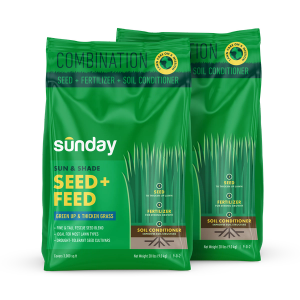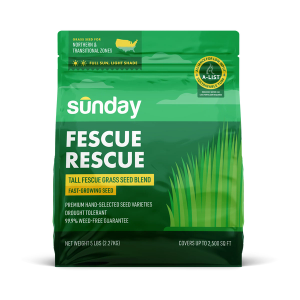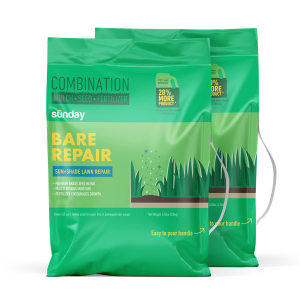What are minimum risk pesticides?
As the name implies, minimum risk pesticides (MRPs) are used for pest control. Like other alternative pesticides, MRPs pose little to no risk to human health or the environment. They are exempt from product registration under the Federal Insecticide, Fungicide, and Rodenticide Act 25(b). Because of this, MRPs do not:
- Require EPA label approval
- Undergo EPA review
- Have label requirements for an EPA registration number
- Need to have a signal word or any personal protective equipment requirements on the label
Don’t worry though—there are still strict criteria that must be met for a pesticide to be labeled as an MRP.
- Active ingredients must be those included in the EPA-approved list.
- Inert ingredients can only be approved ingredients, commonly consumed food commodities, animal feed items, and edible fats and oils or certain chemical substances.
- All active and inert ingredients must be listed on the label and active ingredients must also include percentage by weight.
- The product cannot make claims that it controls or mitigates any organisms that pose a threat to human health or that carry specific diseases.
- The name and contact info of the company the product was produced for must be included on the label.
- The label cannot include false or misleading information.
What are the advantages and disadvantages of minimum risk pesticides?
Minimum risk pesticides use naturally sourced ingredients which pose less risk to humans and the environment. They can be a natural pest control solution to implement into an IPM plan. However, not all states recognize MRPs, and because they are not registered under FIRFA, there isn’t as extensive of a review process involved. To make sure you are being safe when utilizing MRPs—or any pesticide, for that matter—we recommend the following:
- Always research the chemicals and active ingredients you are considering using in your home or yard.
- Always read the label before applying any pesticides (seriously, it's a legal document!).
- Always wear personal protective equipment when applying any pesticides, even those, like MRPs, that don’t specifically require PPE.
- Dispose of pesticides and pesticide containers safely.
Sunday and minimum risk pesticides
At Sunday, we know pests are a part of life. That’s why we strive to make effective pesticide products that are environmentally responsible and that you can feel good about using. Our Mosquito Deleto and Nix Ticks MRP products utilize biodegradable plant-powered ingredients like cedar and lemongrass oils to control pests. Just spray your protected zone, let dry, and get back to what’s important—enjoying your yard with family, friends, and pets.
Cited sources
University of Nebraska - Lincoln. Section 25(b) Chemicals.
US Environmental Protection Agency. Active Ingredients Eligible for Minimum Risk Pesticide Products.
US Environmental Protection Agency. Commonly Consumed Food Commodities.
US Environmental Protection Agency. Conditions for Minimum Risk Pesticides.
US Environmental Protection Agency. Minimum Risk Pesticide: Definition and Product Confirmation.







